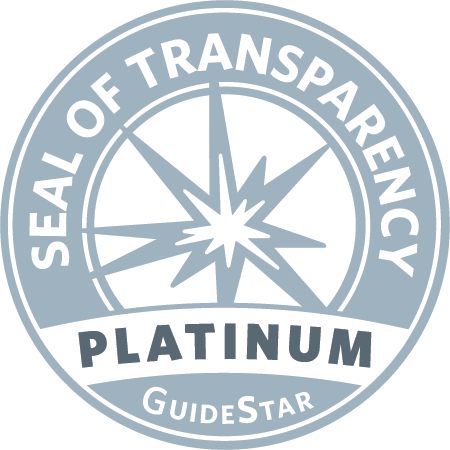Note: This article was printed in the August edition of DSUSA’s Challenge Magazine. DSUSA/Warfighter Sports one of the top two national beneficiaries Tee It Up for the Troops donates to for services to our veterans and their families.
In the military community, ‘alive days’ are important anniversaries, commemorating the day a warfighter is severely wounded in battle. They memorialize a day that went from just another day on the job to the day when a new normal began. Retired Air Force Staff Sgt. Dan Acosta has celebrated 11 alive days since December 2005 when he was injured by a bomb while on patrol, losing his left arm and suffering significant damage to his legs.
Acosta joined the Air Force in 2002 knowing that he wanted to be an Explosive Ordinance Disposal (EOD) Technician. This job is open to all four military branches, and to enlisted members and officers alike, but the training is so difficult that it has an 80 percent failure rate.
Acosta said he was drawn to the challenge of it. “It had the academic challenge, the physical challenge, the mental attitude challenge. It pushes you to the limit where you have to commit. You have to be all in – it’s 100 percent or not at all.”
After successfully completing EOD training, Acosta was sent to Baghdad, Iraq. His life there was similar to the 2010 Academy Award Best Picture winner “The Hurt Locker,” which follows an EOD technician dismantling explosives in Baghdad.
“Every single one of those situations in that movie I’ve seen or been in a lot worse,” Acosta said. “The scene where they’re called to a roadside IED – that was like four or five times a day for me and my team.”
On Dec. 7, 2005, Acosta was called to a ‘routine roadside bomb.’ While routine and roadside bomb don’t seem to fit into the same sentence, this is regular duty for EOD specialists. That day, Acosta and his team found and successfully disarmed two devices.
“I had a gut feeling that there was a third one there and I wanted to find it and disarm it,” he said. “I started to do a little courtesy sweep where I thought it might be and, sure enough, I found it.”
Acosta stepped on a pressure plate with 30 pounds of explosives attached. In addition to losing his arm, the bomb sent sand and dirt coursing into his skin at high pressure, causing severe damage to his legs.
“A lot of people look at a bomb go off and see the fire, the thermal effect, and consider that as the damaging part of a bomb,” he said. “It’s actually the overpressure that it creates. Just that amount of pressure against my body, the sand and dirt and debris that literally tore the meat off of my legs.”
Surviving his first surgery was another rehabilitation milestone for Acosta, whose survival expectancy rate was determined to be 10 percent according to the doctors who were operating on him. Acosta’s teammate, Staff Sgt. Joe Upton, who saved Acosta’s life providing combat first aid immediately after the explosion, was told that if he survived the first surgery his chances would be 50 percent survival. Acosta passed that milestone too, and six days later arrived at Brooke Army Medical Center (BAMC) in San Antonio, Texas, for more surgeries and to start rehabilitation.

Acosta’s recovery moved at a remarkable speed, which he credits to his positive attitude from the moment he arrived in San Antonio and learned about the extent of his injuries.
“If I was in that hospital longer than I should be, that was going to be the thing that would kill me,” he said.
It was at BAMC that he relearned to walk, and shortly thereafter he signed up for to snowboard with Disabled Sports USA in Breckenridge, Colorado. “I actually spent my very first alive day in Breckenridge,” said Acosta. “That was the tipping point to want to live happy. From coming to re-learn how to walk and spending my first alive day snowboarding was just awesome.”
In addition to snowboarding, Acosta also participated in the Warfighter Sports golf program at BAMC. While it wasn’t a sport he had participated in prior to his injury, Acosta found his swing quickly, and completed the eight-week clinic series with local PGA professionals. For his participation, he received a set of custom-fitted PING clubs. Acosta used the game as his physical therapy for his legs, walking the course and playing about four times a week close to three years until he left BAMC and San Antonio.

He said the game helped with more than just physical rehabilitation. “Golf is one of those games where it’s a game of consistency, a little bit of strategy, and controlling your own anxieties. All of that helped at that time with balancing out my personal life.”
Today, Acosta lives in the Chicago area, where he works for iJet International as an analyst and risk consultant. The full-time job and Chicago weather
do not let him get out on the golf course as much as he would like, but he still uses his PING clubs on the links as many times a year as he can.
Acosta remains involved in adaptive sports as an ambassador for Warfighter Sports, as an advisory team member for Tee it Up for the Troops, a Warfighter Sports national partner, and as a board member for Adaptive Adventures, a chapter of Disabled Sports USA. He hopes to get even more involved in adaptive sports in the coming years to help others reach their own milestones.
“Adaptive Sports have done so much for me to want to continue life in a very positive way,” he said. “Being the EOD guy, I love helping people and love saving lives. If I can continue that in another way, I want to do so and I think it’s through adaptive sports.”








